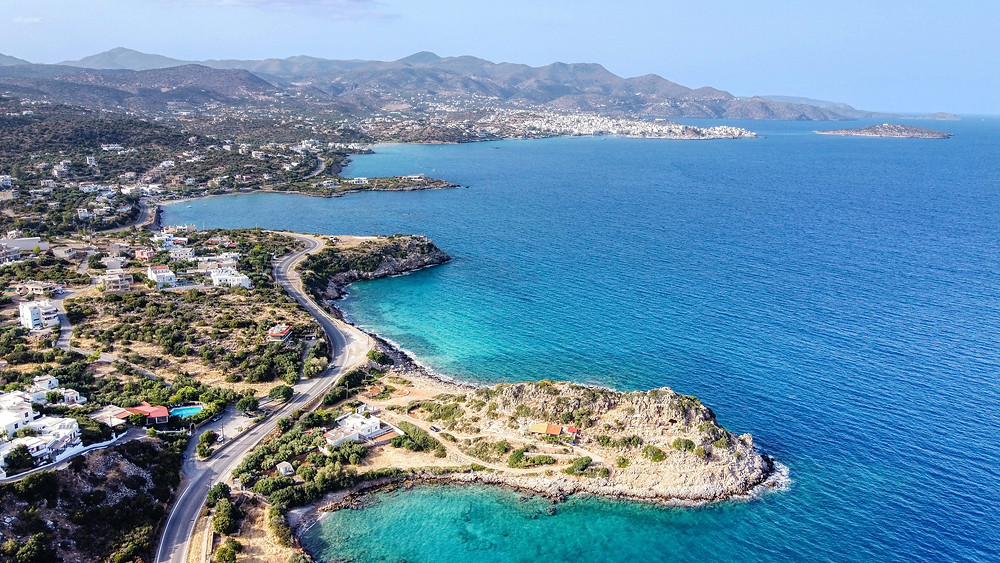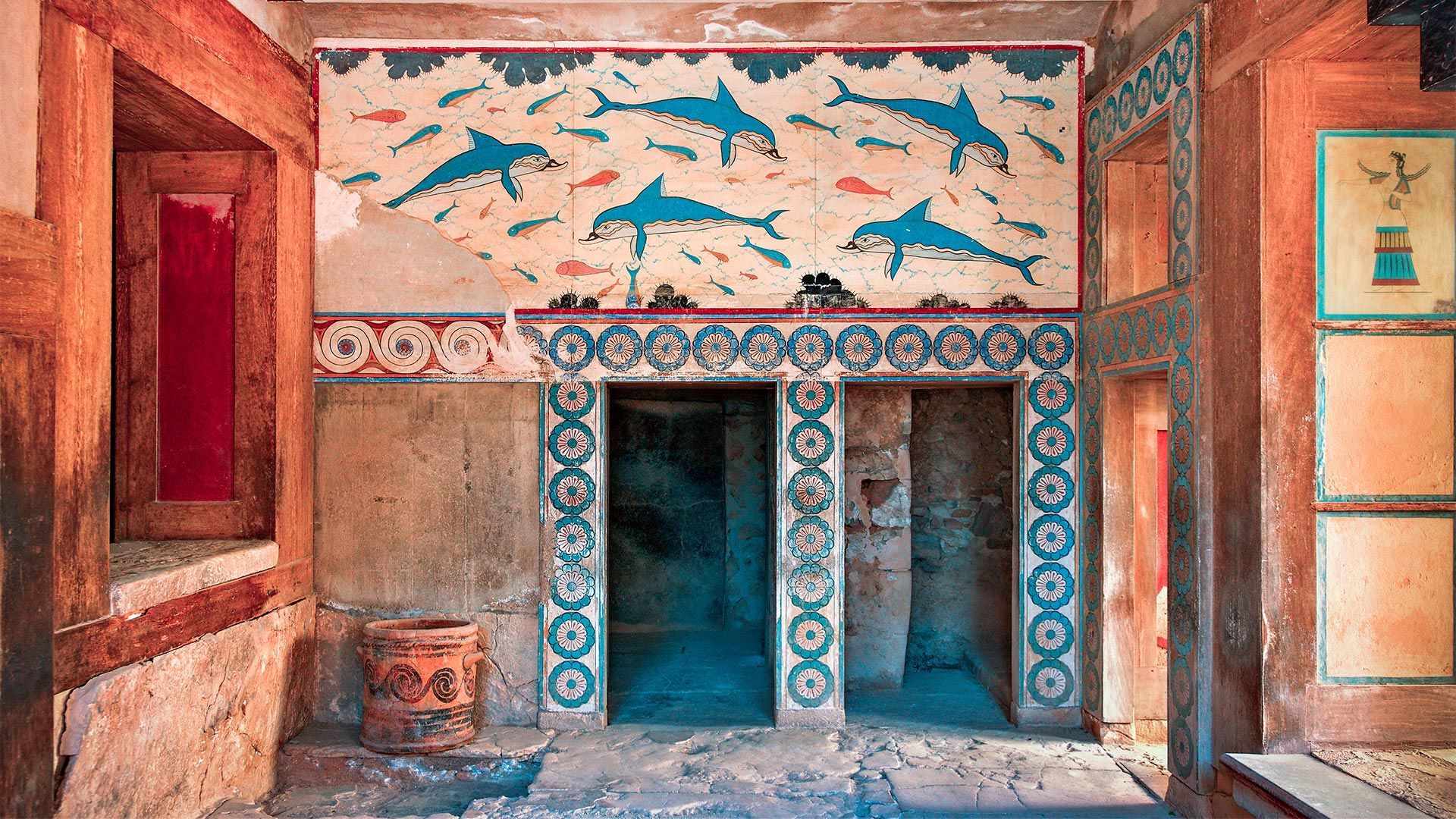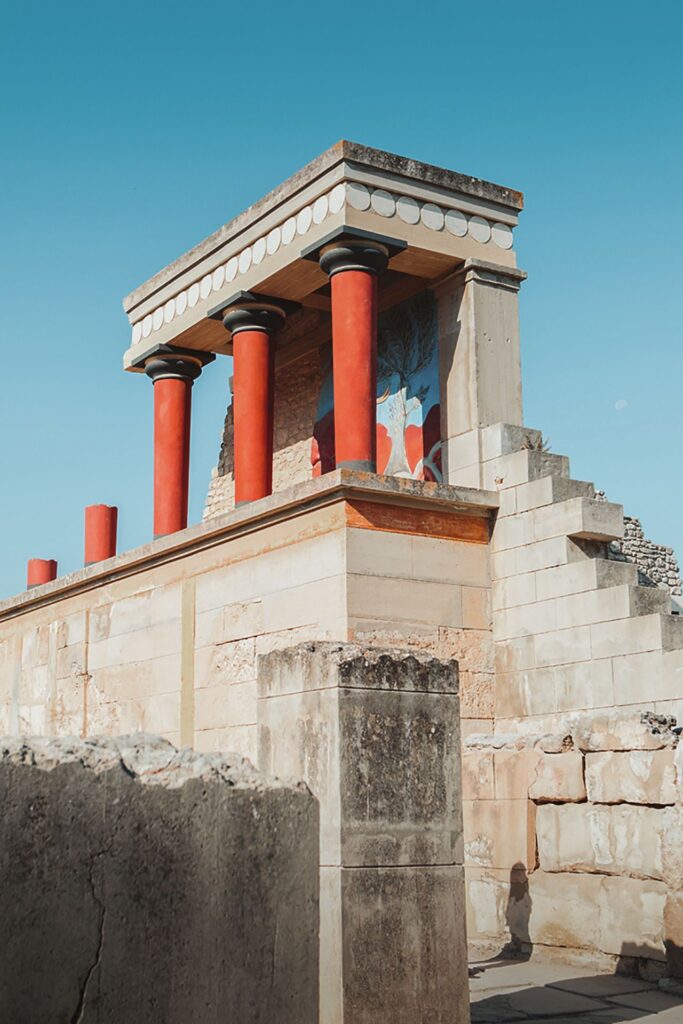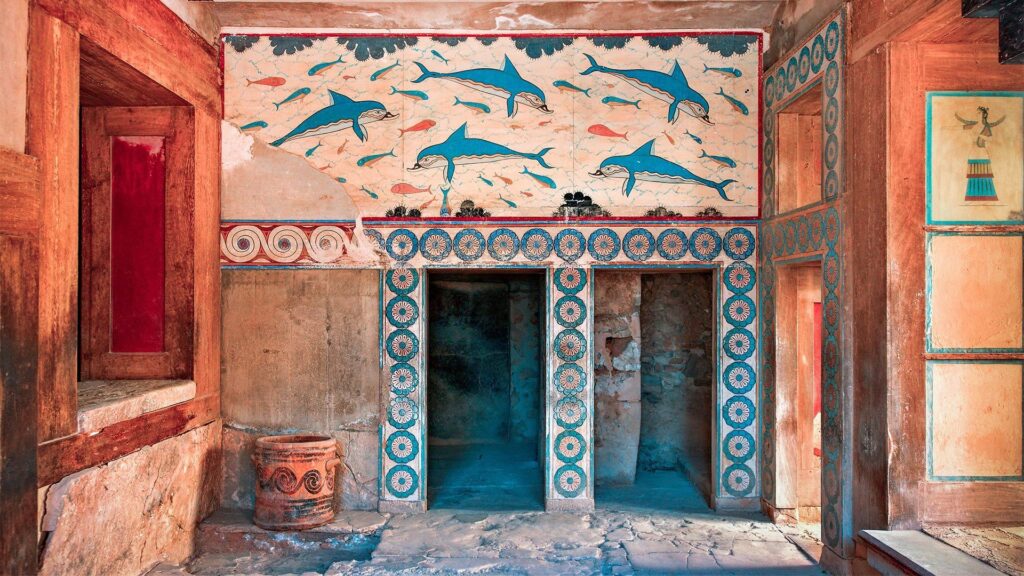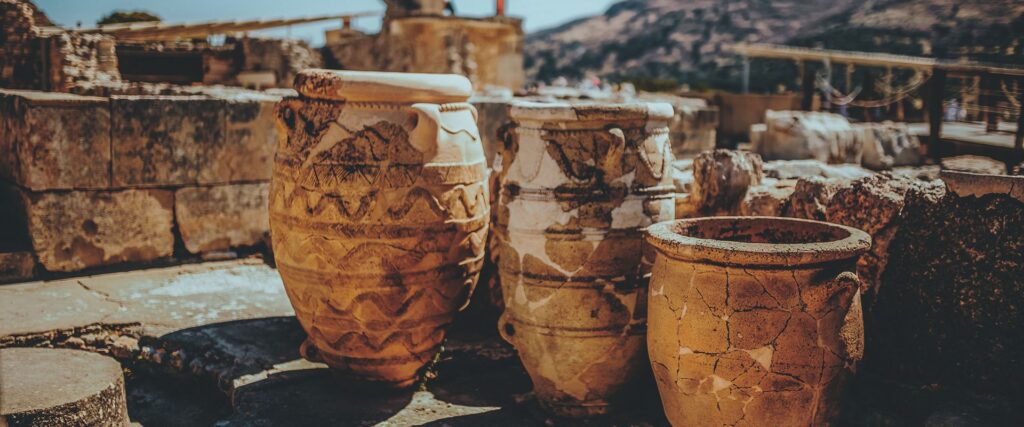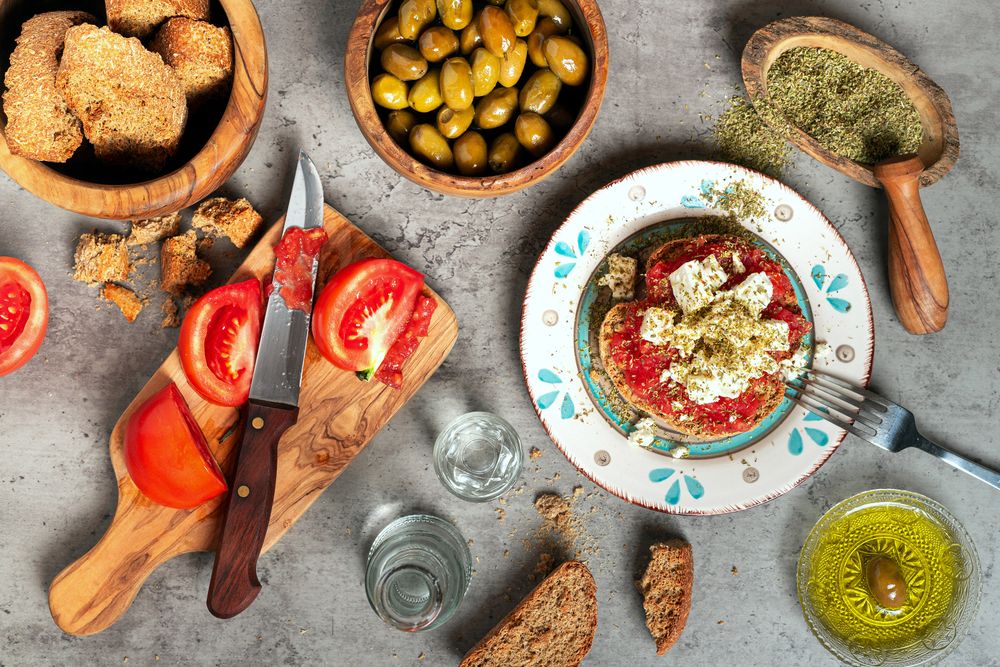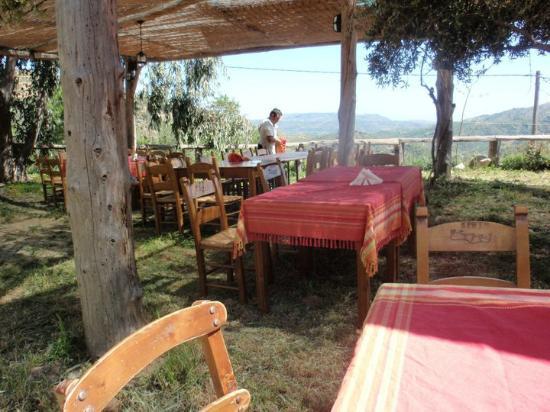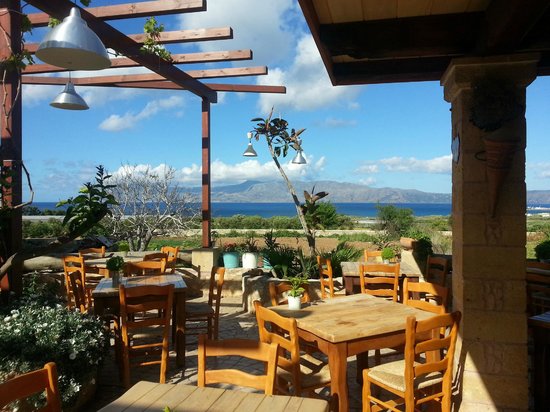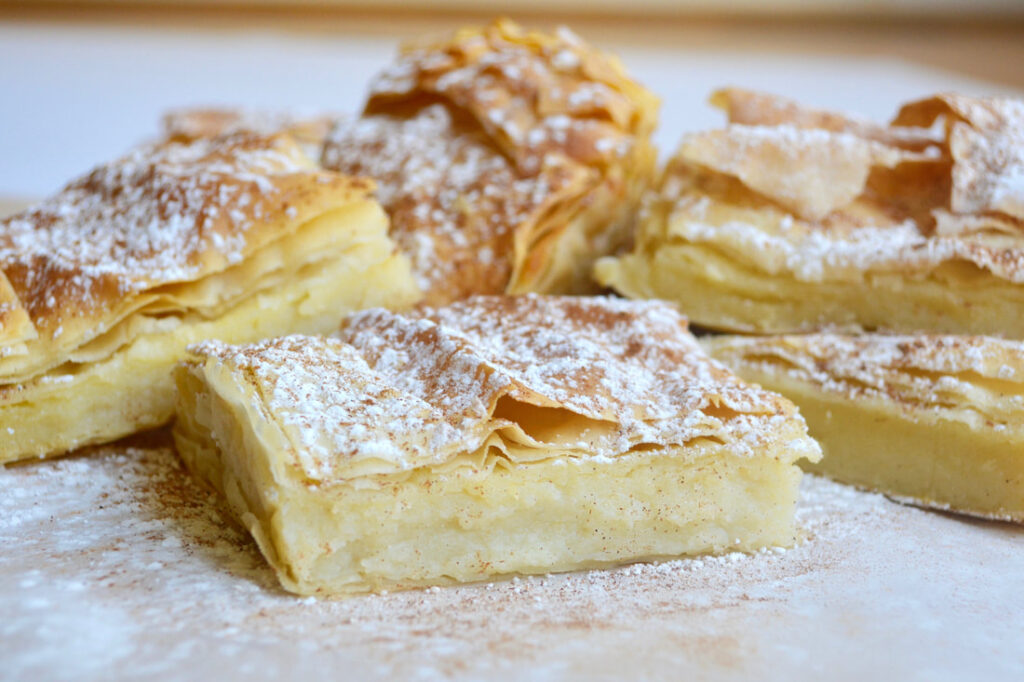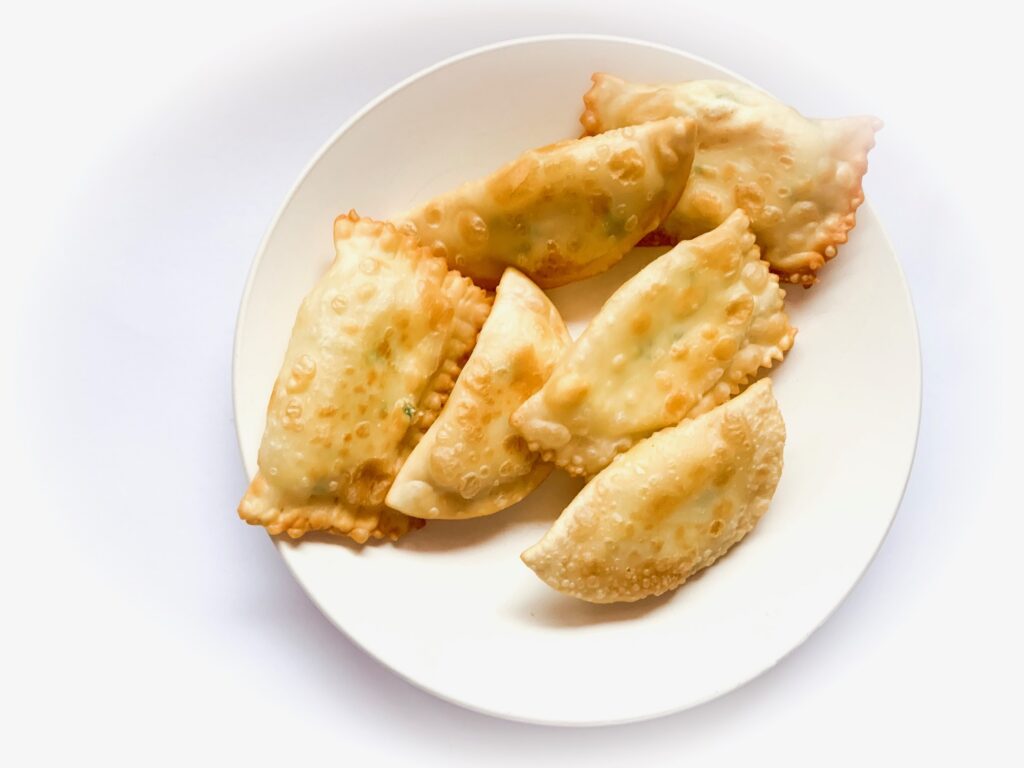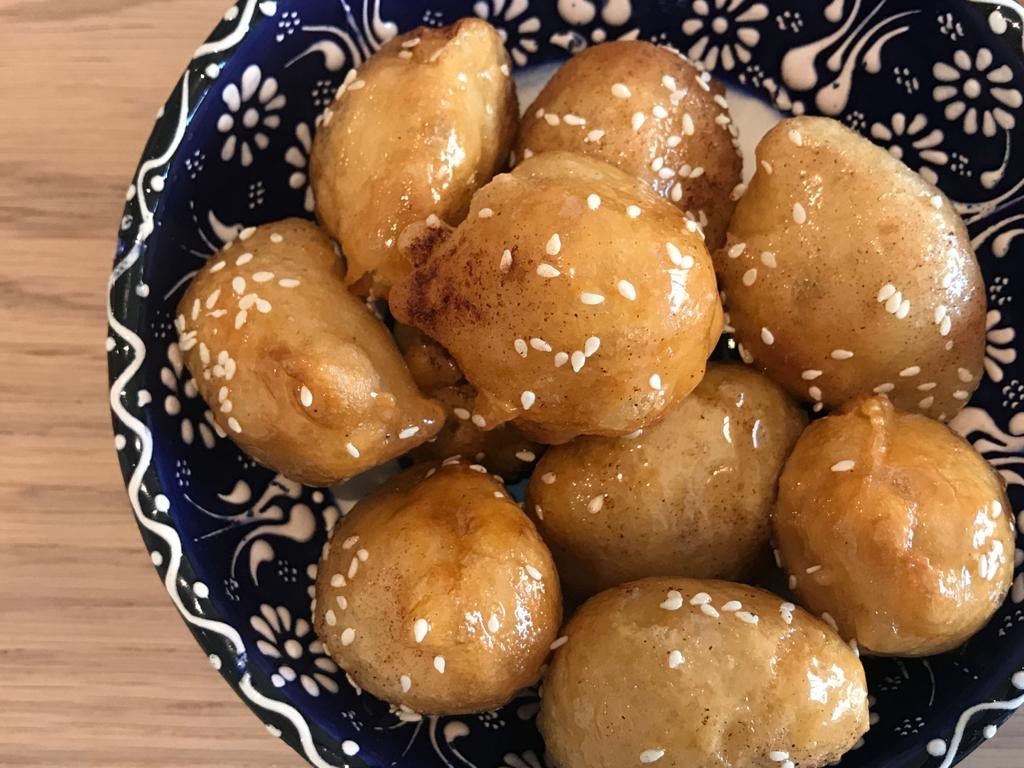Greek company REDS S.A. has been awarded the development of the former U.S. base in Gournes, Heraklion, Crete, for 40.2 million euros, the country’s privatizations agency announced.
The Hellenic Republic Asset Development Fund (HRADF) said that the sale was conducted through the process of electronic auction and that the board will soon convene to ratify the e-auction result.
Dubbed the ‘Small Ellinikon”, after the development of the former Athens international airport, the asset is considered to be a key item in the country’s privatizations agenda.
The real estate property of Gournes consists of a beachfront land plot of 345,567 sqm located 13km from the airport “Nikos Kazantzakis” and 16 km from Heraklion. During the last 20 years, land plots neighboring the property have been developed, the Hellenic Centre for Marine Research, the Cretaquarium Thalassocosmos, the International Exhibition and Conference Centre of Crete, etc.
The tender, which follows years of delay, comes amid an emerging investment and building boom on Crete, the Mediterranean’s fifth-largest island.
Long one of Greece’s leading tourist destinations, Crete welcomes more than 5 million visitors a year and boasts several world-class tourist attractions like the Minoan era Knossos Palace, the legendary site of King Minos, and the Minotaur. Over the last two years, foreign investors have engaged in a number of deals and resort projects on the island.
In 2020, Hines acquired five hotels on Crete and Russia-based developer Mirum began work on its long-awaited Elounda Hills resort project in the summer. U.S. investment fund Blackstone recently acquired the Elounda Blu hotel in Crete – its sixth hotel property in Greece – through its Spanish subsidiary Hotel Investment Partners.
At the same time, the Greek government is investing billions of euros to upgrade Crete’s transport and power infrastructure. Work has recently begun on a new 1.5 billion euro international airport in Kastelli — located about 20 kilometers from Gournes – and is expected to be in operation by the end of 2023.
Also, underway is a 2 billion euro highway project stretching along the north coast of Crete, said to be one of the largest public works projects in Europe.
This article was first published here.
For more Real Estate News & Views on Greece and Europe’s South, head to The Greek Guru.

